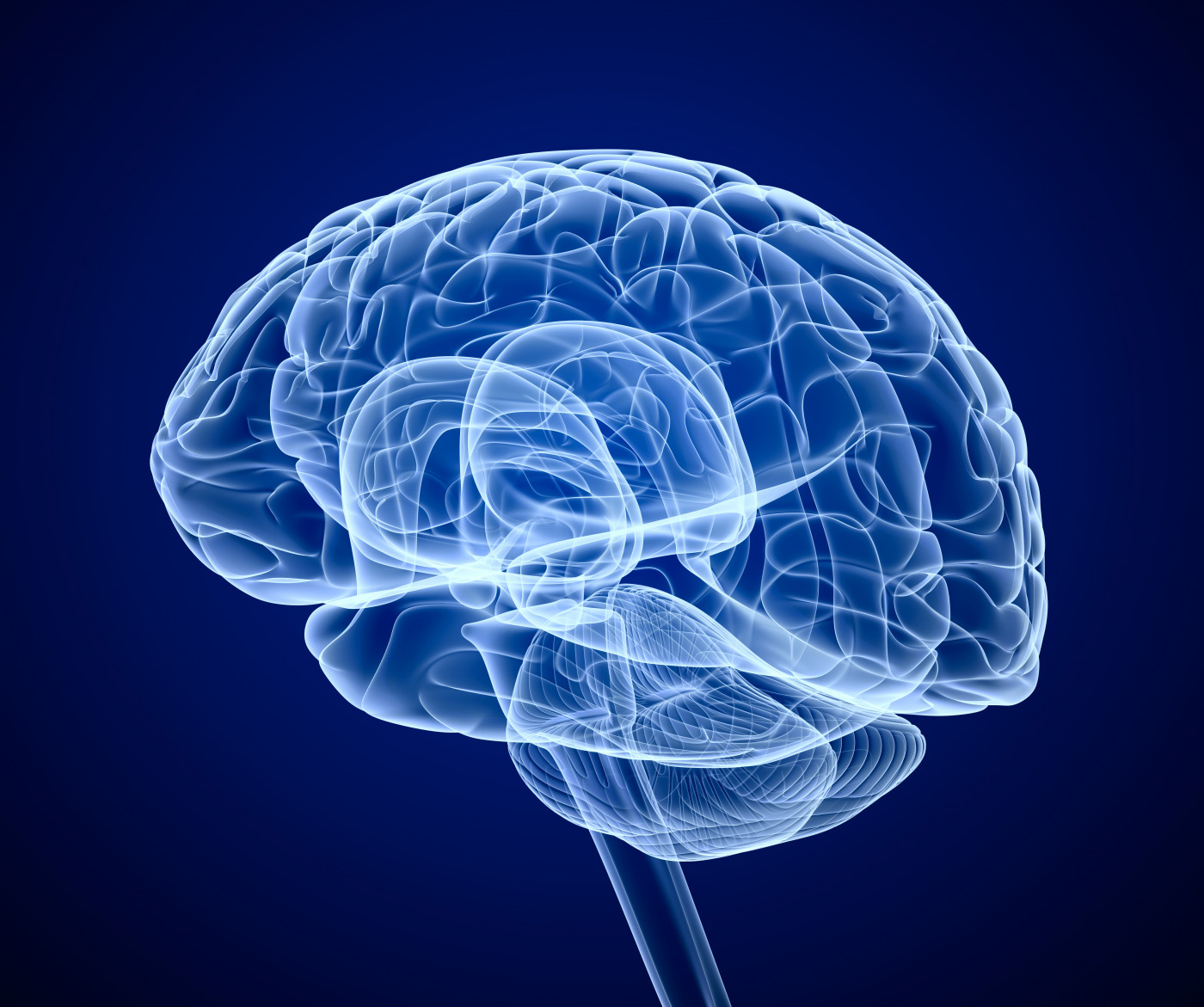#ECTRIMS2018 – Brain, Spinal Cord Injuries Affect Processing Speed in MS Patients, Study Reveals

Processing speed is associated with the extent of brain and spinal cord injury in patients with multiple sclerosis (MS), according to a new study conducted in a clinical setting. The results support using the Processing Speed Test (PST) in both clinical practice and trials.
The study, “Cognitive processing speed assessment in clinical practice: clinical, patient reported outcome, and quantitative MRI correlations,” was presented Wednesday at the 34th congress of the European Committee for Treatment and Research in Multiple Sclerosis (ECTRIMS), taking place Oct. 10-12 in Berlin, Germany. The data was presented by Kunio Nakamura, PhD, at the Lerner Research Institute, Cleveland Clinic.
Processing speed refers to the time it takes a person to understand and react to information. It is frequently impaired in MS patients, and may lead to other cognitive impairments, such as in working memory, verbal skills, and learning.
The Symbol Digit Modalities Test (SDMT), a screening instrument to detect cognitive impairment, has been proposed to the U.S. Food and Drug Administration (FDA) and the European Medicines Agency as a disability outcome measure in MS.
The Cleveland Clinic team implemented the PST — a validated, technology-enabled adaptation of the SDMT obtained via an iPad application — into routine clinical care at the Mellen Center for Multiple Sclerosis.
Aiming to establish the correlation between PST and clinical, patient-reported outcomes (PROs), and quantitative MRI (magnetic resonance imaging) measures in a large patient group in a clinical setting, the team analyzed 850 MS patients (mean age 47.6 years, mean disease duration 11.9 years).
MRI scans were conducted approximately 90 days after collecting PST and PRO data. Specifically, the investigators calculated T2 lesion volume (T2LV) — an indication of total lesion load —, assessed brain atrophy, or shrinkage through measures called brain parenchymal fraction and gray matter fraction, and determined spinal cord area at the cervical C2 level, as well as the volume of the brain regions thalamus and caudate.
Of note, assessing gray matter atrophy is common in MS because it is less susceptible to external factors such as inflammation, may precede MS symptoms, and may help predict MS-related clinical disabilities. Also, while the thalamus relays sensory and motor signals into the cerebral cortex, the caudate is a component of basal ganglia also implicated in motor control.
Results showed that the PST score significantly correlated with the Patient Determined Disease Steps score — a PRO of disability —, the Patient Health Questionnaire-9 score (a depression severity measure), and all of the Quality of Life in Neurological Disorders sub-scores, particularly upper and lower extremity function, cognition, depression, and social satisfaction.
The PST score also correlated with the brain atrophy measures, namely T2LV, caudate and thalamic volume, and spinal C2 area. Age, T2LV, brain parenchymal fraction, caudate volume, and spinal C2 area were found to be the strongest predictors of processing speed.
“Processing speed measured by the PST correlates well with disease-related PROs for physical disability” Nakamura said in the presentation, adding that “PST score is driven by both inflammatory (T2 lesion volume) and neurodegenerative (whole brain fraction) brain tissue injury.”
Based on the results, the team concluded that processing speed is associated with both cognitive and general disease-related PROs.
Overall, the findings “support the feasibility and relevance of PST in assessing cognitive functions in clinical practice,” and also in clinical trials, Nakamura concluded.






